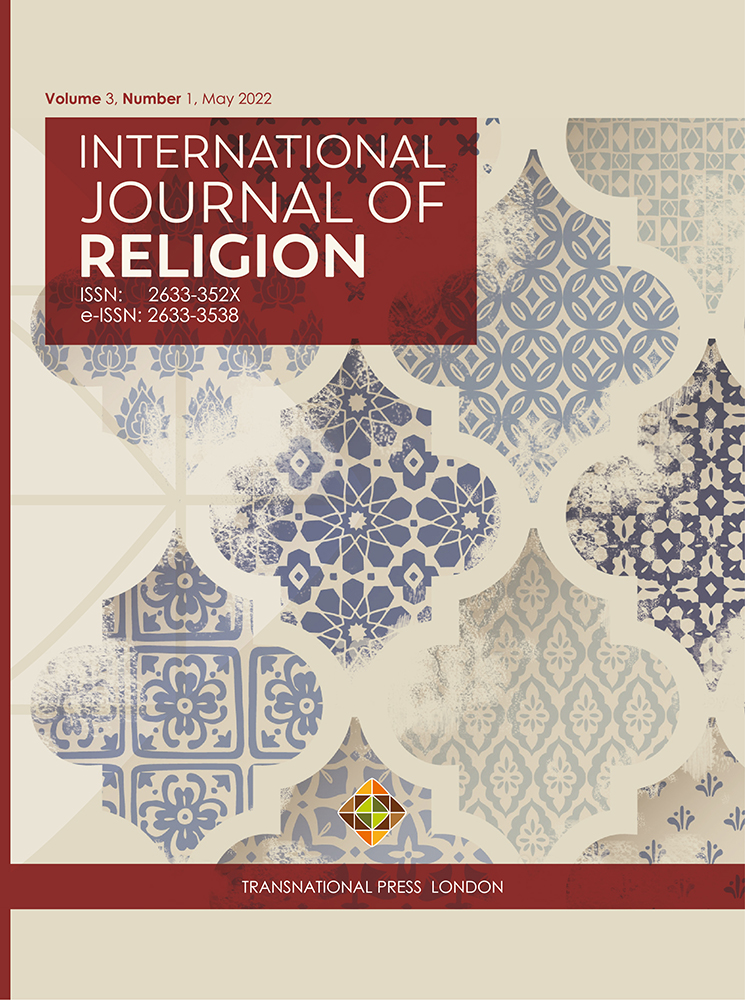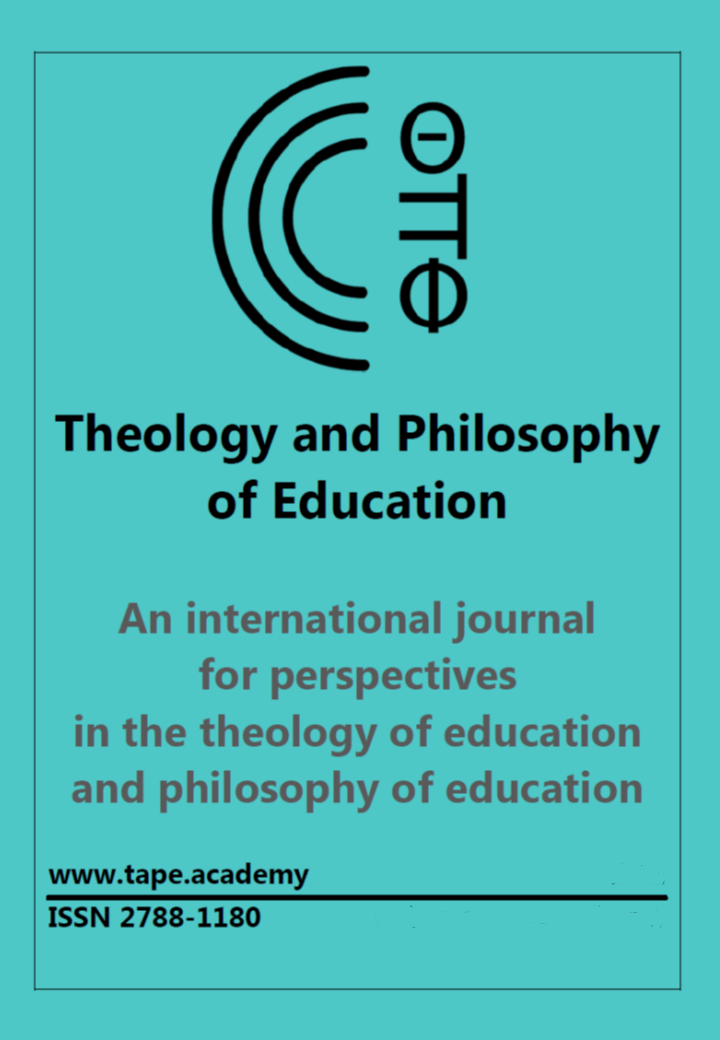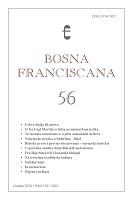Doing God’s Work: The Missonary’s Task of Translation or Who Makes the Best Jesuits: Comparatists, World Literature Scholars, or Real Jesuits?
This paper takes as its point of departure the sixteenth-century Jesuit construction of Confucianism and the manufacture of the figure of Confucius in the form of translations of the Chinese classics. In examining the Jesuit policy of accommodation in Asia, I ask whether we might not view these efforts as precursors for the tasks we seek to perform as Comparatists and World Literature scholars. Like the Jesuits in China who sought to package Confucius, we seek to package the world by contextualizing form and argument, canonizing a body of work, producing creative readings sand projecting a vision onto the foreign Other. I focus in particular on the work of Matteo Ricci and his catechism, the Tianzhu shiyi, as a work of cultural mistranslation. I ask to what degree are our current critical readings of the Other not also failures. I question the purposes for which one “misreads”.
More...














